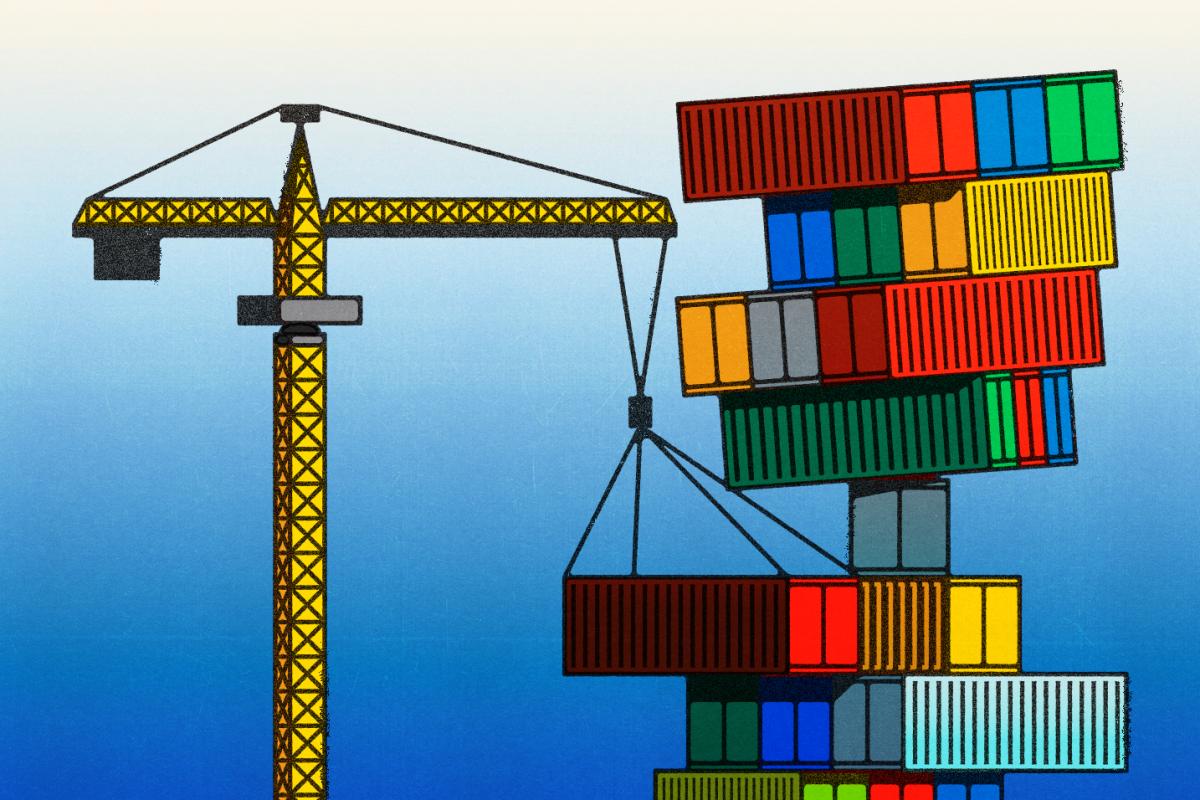The global economy is experiencing significant changes, marking the third major economic reordering in the past century. The United States has historically played a pivotal role in these transformations, often advancing its own interests while shaping international economic policies. However, recent unilateral actions by the U.S. government, particularly under former President Donald Trump, have raised concerns about the sustainability of the postwar global trading system.
The first major reordering occurred at the Bretton Woods Conference in July 1944, where the U.S. leveraged its post-World War II strength to create a dollar-centered international economic framework. This system, largely designed by Treasury official Harry Dexter White, aimed to foster global stability through fixed currency rates. While it succeeded in positioning the U.S. as the economic epicenter, it also embedded vulnerabilities that would later resurface.
The second reordering took place in 1971 when President Richard Nixon suspended the dollar’s convertibility into gold, dismantling Bretton Woods’ framework. Nixon’s administration faced backlash from allies, yet his team transitioned to a more conciliatory approach, with George Shultz facilitating international negotiations that ultimately led to the establishment of the G-7.
Currently, the third reordering is characterized by a more aggressive and unilateral stance from the U.S. government. Trump’s implementation of tariffs, dubbed “Liberation Day,” targeted both allies and adversaries, reflecting a belief that the U.S. had unfairly shouldered the responsibilities of maintaining the global financial system. This approach has disrupted the remaining structures of postwar global trade rules, prompting a reevaluation of international economic relationships.
The World Trade Organization (WTO) has faced criticism for its inability to address growing protectionist measures and the rise of anti-trade sentiments across political spectrums in the U.S. and beyond. Both major political parties have recognized the negative impact of decades of deindustrialization on the American workforce, leading to a surge in support for protectionist policies. Trump’s tariffs signal a departure from traditional trade agreements, aiming instead for structural reforms that may inadvertently isolate the U.S. from its key partners.
While Trump’s approach has drawn attention to the flaws in the global trading system, it risks undermining essential international alliances. Countries in Europe, Latin America, and Southeast Asia are increasingly exploring alternative trade arrangements to reduce their reliance on the U.S. economy. The potential for widespread financial repercussions from tariff introductions has left global markets unstable.
Despite the challenges posed by Trump’s policies, it is crucial to recognize that the core issues of trade deficits and deindustrialization stem from deeper systemic problems. The Council of Economic Advisers has pointed to the detrimental effects of foreign industrial policies, particularly from countries like China, which employ extensive subsidies and lax labor regulations. These practices distort competition and hinder U.S. manufacturers’ ability to thrive.
To effectively address these challenges, the U.S. should not only focus on reshaping its domestic manufacturing base but also leverage its strengths in the service sector. The U.S. reported a trade surplus in services of nearly $300 billion in 2024, indicating that growth in this area can coexist with a revitalized manufacturing strategy. This dual focus could enhance competitiveness and create jobs across diverse sectors.
The emergence of a new economic order also necessitates rethinking existing international trade frameworks. The WTO’s consensus-based decision-making process has proven inadequate in addressing contemporary trade issues. A shift towards a fair-trade customs union could provide a solution. This union would establish high standards for labor and environmental practices, incentivizing compliance among member countries while imposing penalties on those that fail to uphold these standards.
Such an arrangement would not only enhance trade stability but also protect the interests of member nations from unfair competition. By creating a coalition of like-minded countries, the U.S. can effectively counterbalance China’s economic prowess and foster a more equitable global trading environment.
The ongoing evolution of the global economy presents both challenges and opportunities. As the U.S. navigates these changes, it is essential for leaders to pursue strategies that promote international cooperation rather than unilateralism. A well-structured, collaborative trade framework can restore competitiveness and build a robust economic future that benefits all parties involved. As the dynamics of global trade continue to shift, the United States must seize the opportunity to redefine its role in the international economy, ensuring that the principles of fair trade and mutual benefit remain at the forefront.
